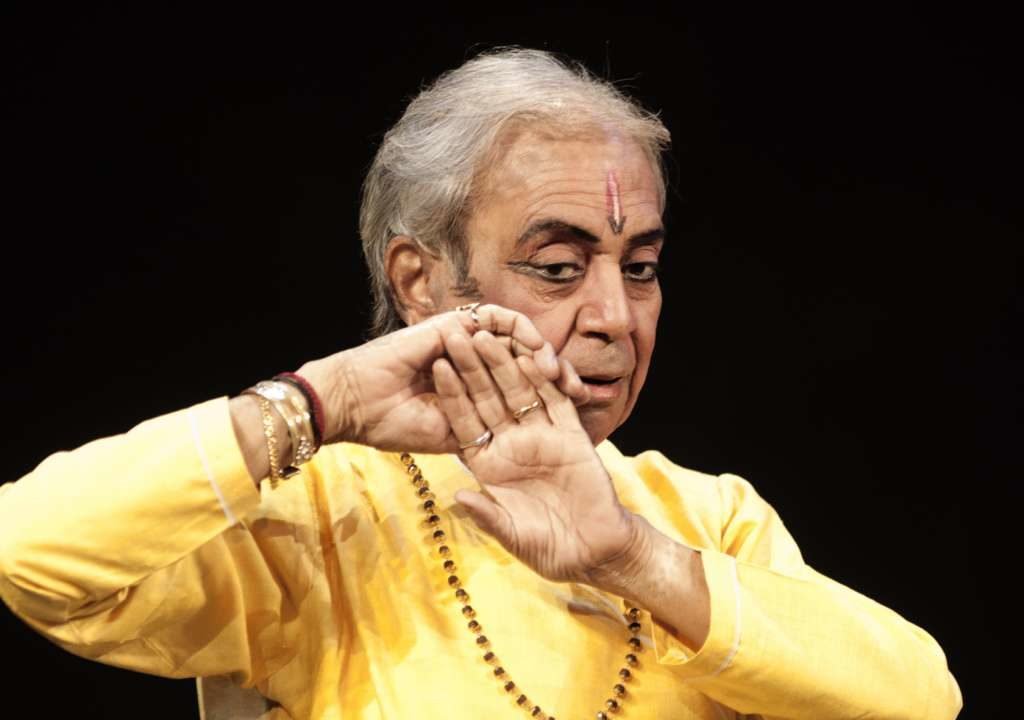Subtotal $0.00
Introduction
Welcome to Nritya Bhoomi, Austin’s premier Kathak dance studio! Whether you are a beginner, intermediate, or advanced dancer, our studio offers classes for all ages from Beecave/Lakeway, Sunset Blvd/Circle, Cedar Park/Leander, and surrounding areas. Today, we delve into the fascinating world of Kathak dance gharanas. Understanding these gharanas will enhance your appreciation for the depth and diversity of Kathak.
Understanding Kathak Gharanas
Kathak, one of India’s eight classical dance forms, has three main gharanas or schools of thought, each with its unique style, technique, and history. The gharanas developed due to regional influences and the distinct teaching styles of their founding gurus. Let’s explore these gharanas: Lucknow, Jaipur, and Benaras.

1. Lucknow Gharana
History: The Lucknow Gharana was founded by Ishwari Prasad in the 18th century and later flourished under the patronage of the Nawabs of Awadh. The most notable figure of this gharana is the legendary Pt. Birju Maharaj.
Style and Characteristics: The Lucknow Gharana is renowned for its expressive abhinaya (emotional expression) and delicate, graceful movements. Dancers focus on intricate footwork, elegant hand movements, and subtle facial expressions. The storytelling aspect, or katha vaachan, is highly emphasized, bringing stories to life through dance.

Famous Exponents: Pt. Birju Maharaj, Smt. Kumudini Lakhia, and Saswati Sen are some of the prominent artists from this gharana.
2. Jaipur Gharana
History: The Jaipur Gharana emerged in the royal courts of Rajasthan, with Bhanuji, a court dancer, laying its foundation. This gharana gained prominence in the 19th century under the guidance of Siddhendra Maharaj.
Style and Characteristics: Known for its powerful footwork and intricate compositions, the Jaipur Gharana emphasizes strength, speed, and precision. The dancers often perform complex rhythmic patterns and fast-paced pirouettes. The technical prowess and virtuosity in footwork make this gharana distinct.
Famous Exponents: Pt. Durga Lal, Smt. Sitara Devi, and Smt. Rajendra Gangani are among the notable artists from the Jaipur Gharana.

3. Benaras Gharana
History: The Benaras Gharana was established by Janaki Prasad in the late 18th century. This gharana incorporates influences from the temple traditions of Varanasi.
Style and Characteristics: The Benaras Gharana is characterized by its emphasis on natya (dramatic elements) and abhinaya. The dance style integrates rhythmic patterns with expressive storytelling, often performed to the accompaniment of traditional Hindustani music. The footwork is intricate but less aggressive than the Jaipur Gharana.
Famous Exponents: Pt. Gopal Maharaj, Smt. Sitara Devi, and Natraj Gopi Krishna are key figures associated with the Benaras Gharana.
Choosing the Right Gharana for You
As a beginner at Nritya Bhoomi, understanding these gharanas will help you appreciate the diversity within Kathak and find a style that resonates with you. Our studio offers tailored classes for beginners, intermediates, and advanced dancers, ensuring a comprehensive learning experience. We are dedicated to providing quality Kathak dance education to enthusiasts from Beecave/Lakeway, Sunset Blvd/Circle, Cedar Park/Leander, and beyond.
Conclusion
Exploring the different Kathak dance gharanas is a captivating journey into the rich tapestry of Indian classical dance. At Nritya Bhoomi, our experienced instructors guide you through this journey, helping you discover the nuances of each gharana and develop your unique style. Join us and become a part of Austin’s thriving Kathak community.
Interested in learning more about Kathak and our classes? Visit Nritya Bhoomi and take the first step towards mastering this beautiful art form.







